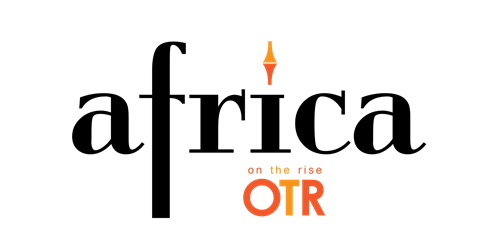Zimbabwe has entered 2025 grappling with an intensifying economic crisis, one largely shaped by sharp spikes in inflation and compounding fiscal challenges. Data from January paints an alarming picture: inflation surged by 14.6% in dollar terms and 10.5% in local currency terms compared to the previous year. With the cost of living rising unsustainably, both experts and citizens are calling for urgent reforms as the economic outlook grows more precarious.
The recent inflation surge is the result of two primary factors: government-imposed taxes and the lingering effects of a regional drought. Fiscal policies rolled out at the end of 2024 introduced a series of new taxes, including a 0.5% levy on fast foods and a 10% tax on sports betting proceeds. While designed to boost the nation’s revenue, these measures inevitably led to higher costs for consumers, further squeezing household budgets.
Economic analyst Prosper Chitambara points to these taxes as a significant driver behind inflation. “The fiscal strategies implemented have created inflationary pressures,” he explains. “Combine that with reduced agricultural output due to drought, and you’re left with a challenging economic cycle.” Indeed, Zimbabwe’s 2024 drought severely impacted food production, triggering a surge in food prices—a crisis that rural communities, heavily reliant on agriculture, are especially struggling to overcome.
Adding to these mounting challenges is Zimbabwe’s ongoing battle to stabilize its currency. The government introduced a gold-backed currency in April 2024, aiming to curb inflation by tying the currency to a tangible asset. While initially seen as a potential solution to the country’s currency woes, the gold-backed unit quickly lost value, plummeting to 26.3 Zimbabwe Gold units per U.S. dollar within six months.
The rapid devaluation has raised concerns over the efficacy of this strategy, particularly as Zimbabwe remains heavily reliant on the U.S. dollar. Businesses and individuals frequently opt for dollar-based transactions to shield themselves from the instability of the local currency. This reliance leaves the local economy in a precarious position, as it underscores the failure of currency reforms to resolve deeper structural issues.
Reserve Bank Governor John Mangudya, an architect of the gold-backed currency initiative, continues to advocate for its role in stabilizing the economy. However, declining confidence in both the currency and leadership further deepens the economic uncertainty, leaving Zimbabweans to absorb the fallout of this monetary experiment.
The effects of these economic pressures are keenly felt by Zimbabwean households. Rising inflation is making staple goods increasingly unaffordable, turning essentials like food, healthcare, and school fees into unattainable luxuries for many families. Urban residents are hit by inflation and new taxes, while rural communities—already grappling with the aftermath of the drought—face even bleaker prospects. Poor harvests and higher food prices have worsened conditions for farmers, limiting their ability to recover from last year’s agricultural shocks.
Zimbabweans are vocalizing their frustration with the current state of affairs. Public discontent is mounting, as rising prices erode purchasing power and economic instability breeds widespread uncertainty. Many citizens are questioning whether the government is capable of providing long-term solutions to the crises they face daily.
The stakes are high for policymakers like John Mangudya and the Zimbabwean government as they face calls for decisive and impactful reforms. However, the path forward will require more than just policy changes—it will require restoring trust in the system, something that has been steadily eroded over the years of economic mismanagement.












